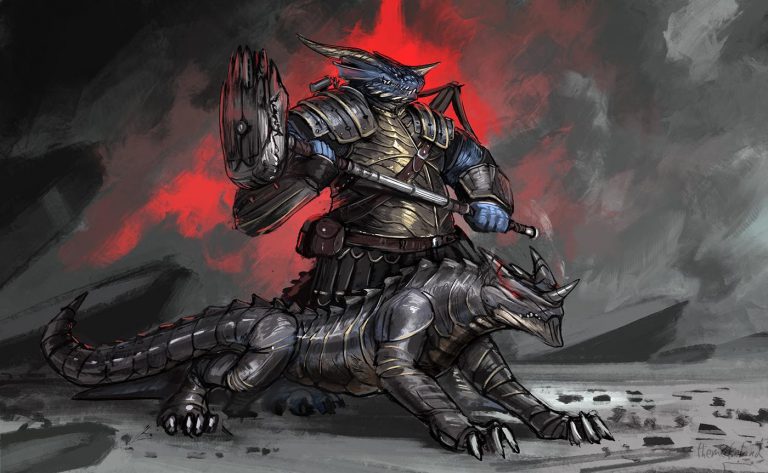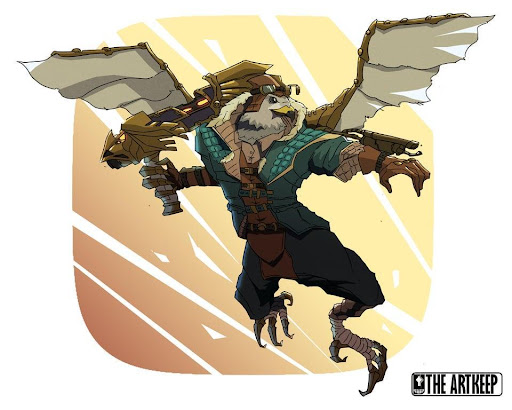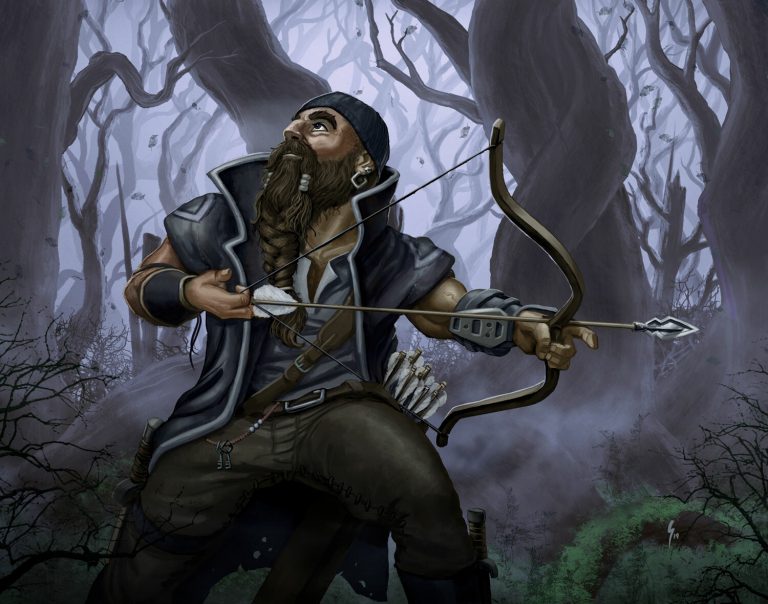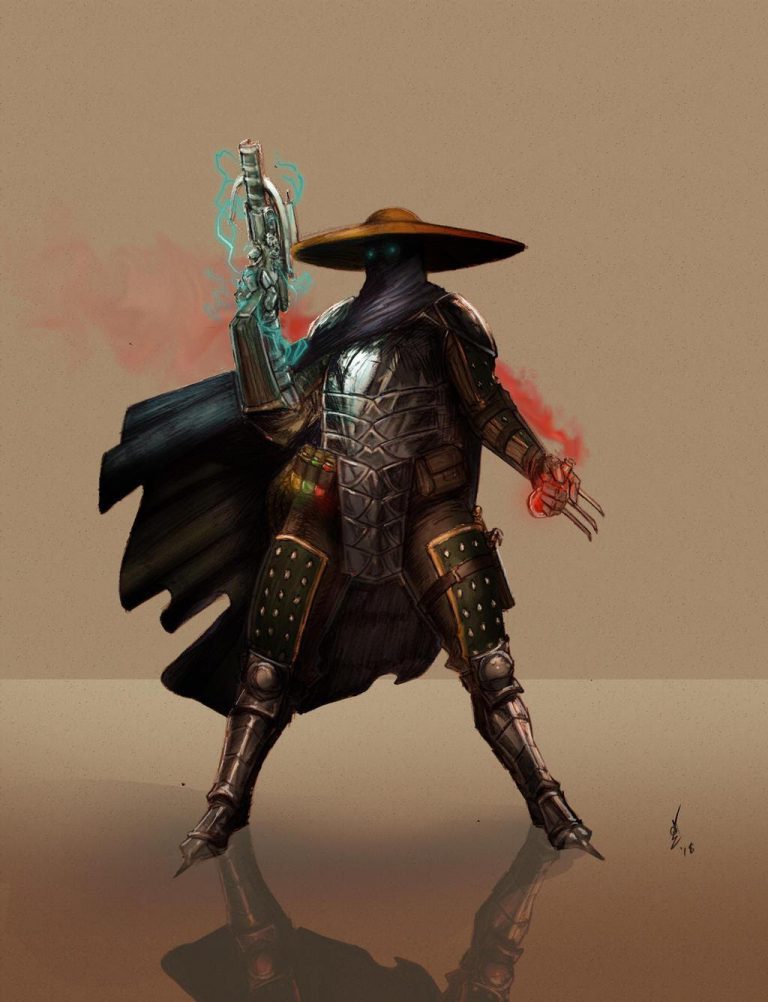D&D 5e: Dwarf Bard Guide

D&D 5e: Dwarf Bard Guide
Are you a lover of song and dance? Do you like spitting rhymes or corny one-liners? Here’s good news: did you know that you can harm creatures with words alone? Yes, Cutting Words is an ability of Bards that lets you deal damage to others in-game.
Keep reading to learn how you create a Dwarf Bard.
The Dwarf race AND the Bard class can be found in the Player’s Handbook. Click here to pick up your own copy of The Player’s Handbook!
How to Make a Dwarf Bard
Start your Dwarf Bard by picking a Bard College or subclass. The College of Valor lets you get more involved in combat. The College of Lore puts you in a skill-based position rather than on the frontlines.
When you roll your Dwarf Bard, Charisma must rank highest among all ability scores. The second-highest is Dexterity. You have the Jack of All Trades trait, too. It makes you better at all ability checks than the average player.
Your subrace isn’t as crucial for stat optimization. When you pick between a Mountain Dwarf and a Hill Dwarf, you can choose based on preference.
How to Play a Dwarf Bard
In combat, a Dwarf Bard must use a combination of weapons and spells. When choosing cantrips and spells, it’s always good to have vicious mockery in your arsenal. It’ll help you deal damage to big foes. You also won’t go wrong with spells like healing word or cure wounds.
However, when you’re fighting against many enemies, it’s better to engage with actual weapons. Since you put more focus on Dexterity than Strength, you should use a range or finesse weapon. Examples of range/finesse weapons are the dagger, scimitar, and rapier.
Grant inspiration to characters when they need that extra push to succeed on an attack or save.
How to Roleplay as a Dwarf Bard
When you roleplay as a Dwarf Bard, think about how he or she acts. Is your character a carefree or severe type of Bard? Do you sing cheery songs to inspire your allies? Or do you chant melodies to bolster their ferocity in combat?
You also need to know how your Dwarf talks, whether he/she has an accent, and how fast his/her speech is. Does your Dwarf have a high or low voice? Imagining these simple things alone things can help you get into character better.
Let’s say your character is a mountain Dwarf named Amber. Even as a child, she loved hearing about epics and legends of local and world-renowned heroes alike. Such stories drove her to learn the truth about their more gruesome histories and adventures.
People often theorize that it was the early departure of her mother that made her so curious. Amber’s mother is a famous adventurer, after all. She took down corrupt leaders and ferocious dragons instead of taking care of her child. Amber doesn’t mind. Her father provided everything for her. Yet, she still longs for a mother.
One day, a traveling band passed by the city. Amber saw her chance to leave and forge her path as an adventurer. With a tearful goodbye, she took that chance and began her journey.








